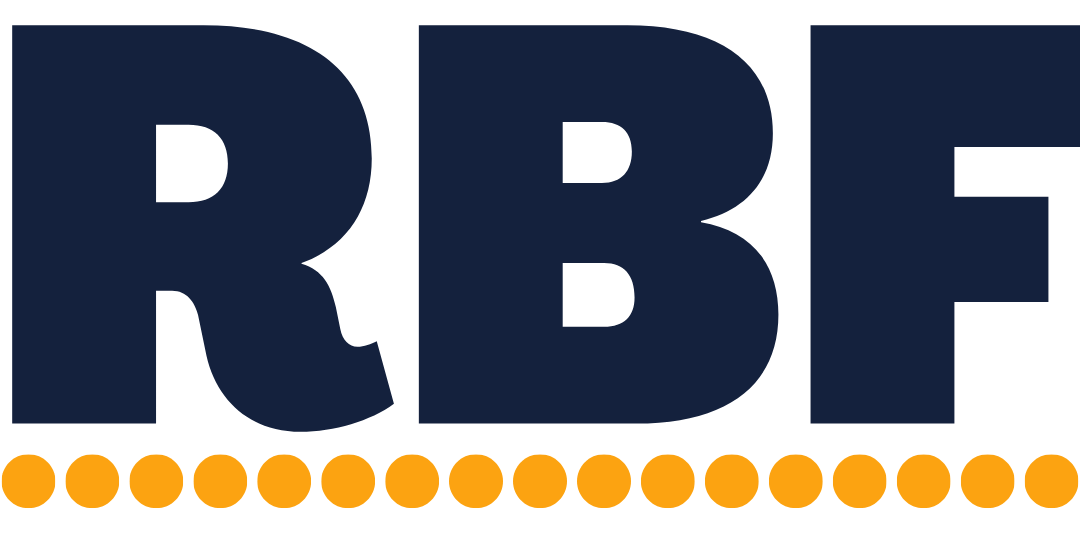Clients don’t pay bad invoices on time
Hey, I’m Michael Eckstein 👋, and this is ‘Ordinary & Necessary’, a weekly newsletter about the boring business topics that don’t get enough traction on the web, but will help you manage and grow your business. You signed up on my website. If you’d like to unsubscribe, just click here. No harm, no foul, I’d love to have you back sometime.
I’ve received a lot of bad invoices over the years. I’ve seen paper invoices mailed to old addresses, scanned copies of printed invoices, and Excel templated invoices to name a few. On their face, bad invoices and good invoices appear the same. Bad invoices communicate the same info as good invoices: due date, total cost, addresses, contact info, etc. But, there’s one big intangible difference: people pay a good invoice faster than a bad invoice.
Think back to the last bad invoice you got. Maybe they mailed it to you (instead of emailing it), spelled your firm name wrong, screwed up the invoice amount, or it showed up three weeks late. You probably sighed and thought “I’ll deal with this later.”
Now, think about the last good invoice you got. It showed up in your inbox, all the info was correct, you could easily download a copy for your records, and it was payable online. All you had to do was skim it, enter your credit card info, and it was paid. You probably got to that invoice within a day or two.
Good invoices get paid faster. And, if you send good invoices, you’ll get paid faster.
How to send better invoices:
- Use software to create and send invoices. Software simplifies the entire invoicing process. You can create a clean template to use over and over, you can integrate credit card payments, it syncs your invoices into your accounting software (this is gold if you want to start cash flow forecasting), and you can automate basic invoice follow-ups. You don’t need anything crazy. The invoicing features in basic accounting software are good enough.
- Accept credit cards. I know. I hate credit card fees too and I regularly suggest accepting ACH instead of credit cards for larger B2B transactions. But, the fact is that accepting credit cards results in invoices being paid faster. 2.9% is usually worth collecting your invoice quicker and not going to the bank to deposit checks.
- Don’t be too generous with your due dates. You’ve probably heard of Net 30 or Net 60. These terms come from massive corporations with complicated payment terms including discounts for paying early and distant due dates. Unless you specifically discuss it with clients, your small business probably doesn’t need to give clients 30+ days to pay. Mark your invoices payable within 7-10 days.
- Be detailed. When you’re setting up your invoice template, fill out everything. Include your full address and contact info. If you have a logo, add it. Then, when you’re preparing a client’s invoice, include their name, full address, and full list of the services you provided and their individual costs. Don’t give them a lump sum.
- Review your invoices. Read over your invoice and make sure you didn’t misspell anything. Triple check the amounts and invoice total. Typos are embarrassing, but an incorrect invoice total is a royal pain.
THIS WEEK’S ACTION ITEM: Implement one of those tips for better invoices. If you need an accounting software, check out Xero. If you need a credit card processor, check out Stripe (it connects to most software that doesn’t have a built in processor) or Quickbooks Payments (if you’re using Quickbooks Online).
Have a good weekend and stay safe!
Michael Eckstein
